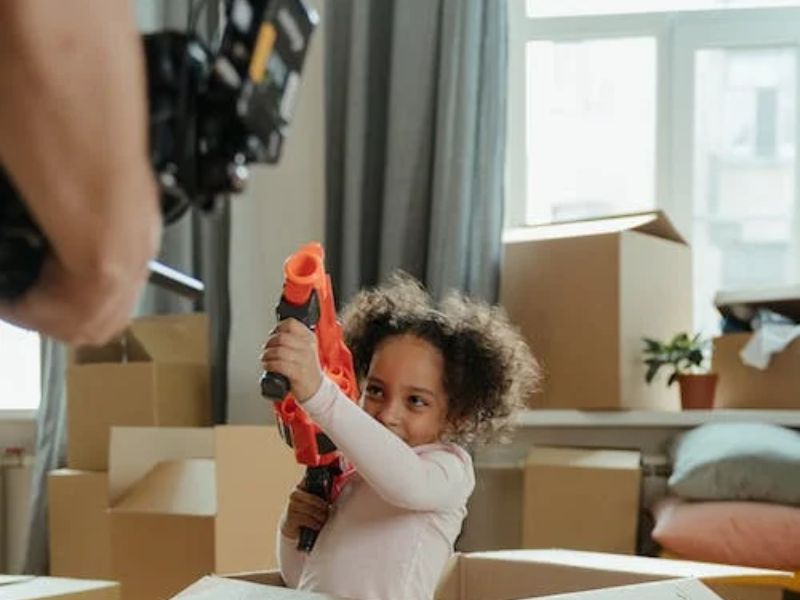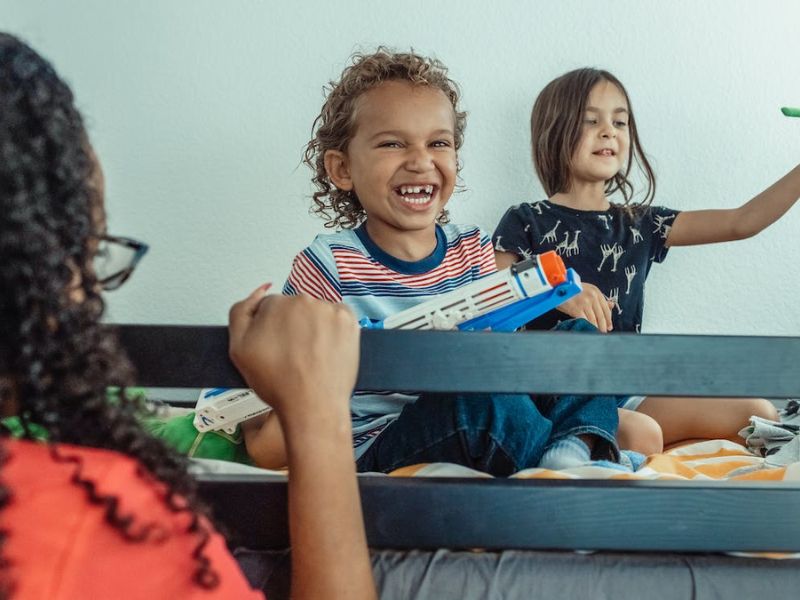In today’s world, children are exposed to a wide variety of toys, including toy guns. While toy guns may seem harmless to some, for many families, they raise concerns about violence, safety, and responsible play. Explaining the reasons behind not allowing toy guns can be a delicate conversation. Here are some helpful tips on approaching the topic and having an open dialogue with kids.

Image Credit: Pexels/cottonbro studio
Age-Appropriate Explanations
When discussing the topic of toy guns with children, it’s crucial to provide explanations suitable for their age and level of understanding. Younger children may benefit from simplified explanations, focusing on empathy, safety, and peaceful conflict resolution. Older children can grasp more complex ideas like the impact of violence in society and the importance of responsible play.
Teach Empathy And Non-Violent Solutions
Emphasize the importance of empathy and kindness when dealing with conflicts. Explain that using violence or imitating it through play can hurt others emotionally and physically. Encourage children to find non-violent alternatives to resolve disputes, such as talking, compromising, or seeking help from an adult.
Focus On Safety
One of the primary concerns of families who avoid toy guns is safety. Explain to children that real guns are dangerous and can cause severe harm. Discuss the importance of distinguishing between toys and natural weapons. Teach them about the potential consequences of mishandling a firearm or even pointing a toy gun at someone who may misunderstand its nature.

Image Credit: Pexels/cottonbro studio
Promote Imaginative And Creative Play
Encourage children to engage in imaginative play that promotes creativity, problem-solving, and teamwork. Suggest alternative toys and activities that can spark their imagination, such as building blocks, puzzles, art projects, or outdoor games emphasizing cooperation and collaboration.
Lead By Example
In your daily interactions, engage in non-violent behaviors, respectful communication, and peaceful conflict resolution. Children learn by observing the behavior of others, especially their parents and caregivers. Educate them on the importance of peaceful resolution of conflicts and the danger of violence.